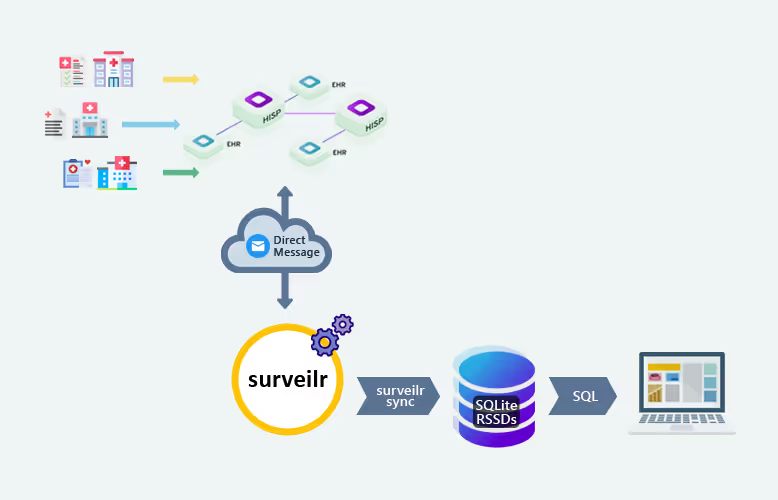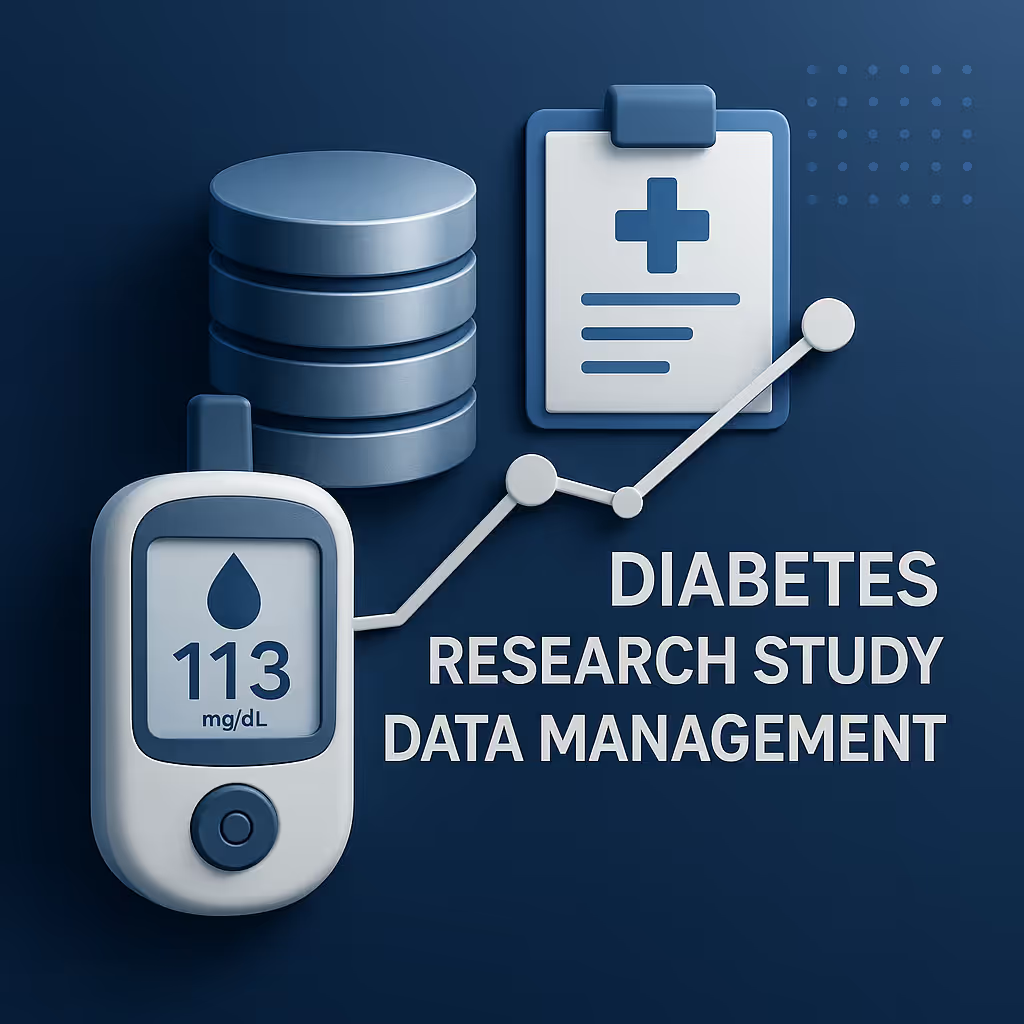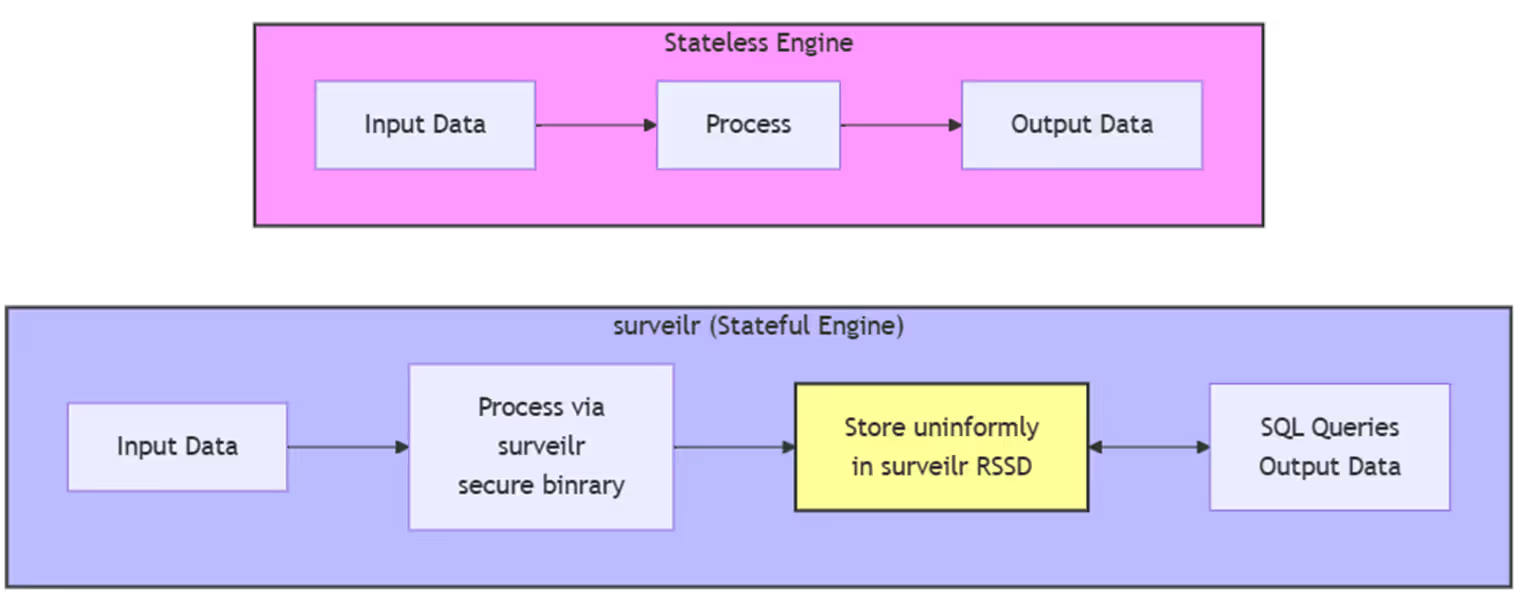In today’s rapidly changing healthcare landscape, the exchange of clinical data is paramount, where safety and efficiency are essentials. Therefore, Direct Secure Messaging (DSM) is a crucial concept for safe communication among the stakeholders within the healthcare sector, ensuring sensitive information not openly shared but among authorized parties. However, with all its benefits, managing, processing, and consolidating such messages becomes a challenge for the HISP. This is where surveilr comes in-a stateful data preparation and integration platform designed to simplify and enhance DSM services by automating message ingestion, processing, and ensuring regulatory compliance.
In this blog, we will not only be looking into how surveilr augments Direct Secure Messaging but also how it solves the challenges for HISPs.
Understanding surveilr in the DSM Ecosystem
In health care communication, Direct Secure Messaging has become one of the critical standards for secure health information exchange. surveilr builds on this ecosystem in an innovative open-source implementation, automating important aspects of message handling and data processing to enhance the overall system.
Direct Secure Messaging (DSM) refers to a protocol, enabling secure, end-to-end encrypted messaging between healthcare providers, patients, and organizations sharing health information. It is also a tool towards HIPAA compliance because direct encryption, authentication, and audit trails ensure safe health data.
Challenges Faced by Health Information Service Providers (HISPs)
HISPs play a critical role in ensuring the secure transmission of health information. However, they encounter several challenges in the process:
-
Message Format Variability: DSM messages often come in various formats (e.g., HL7, CCDA), making it difficult to standardize processing and extract relevant data.
-
Handling Large Message Volumes: Healthcare organizations deal with high volumes of DSM messages daily, increasing the need for scalable and efficient processing systems.
-
Data Integrity and Compliance: Ensuring data accuracy while complying with healthcare regulations such as HIPAA is resource-intensive and prone to errors without the right tools.
-
System Integration Issues: Integrating DSM messages into existing Electronic Health Record (EHR) systems and other healthcare platforms can be challenging, especially when dealing with multiple formats, protocols, and legacy systems.
-
Security Threats: Despite encryption, DSM is still susceptible to human error, which can result in compromised security if proper validation and compliance mechanisms are not in place.
How surveilr Solves HISP Challenges
surveilr addresses these challenges through its powerful automation, integration, and security features, which streamline the DSM process for HISPs.
-
Automated Message Processing:
surveilrcontinuously monitors DSM inboxes and automatically processes messages, regardless of format (HL7, CCDA, JSON, XML, PDF etc.). It validates the sender’s authenticity, extracts relevant data, and ensures proper encryption, saving time and reducing manual workload. -
Scalability for High Volumes:
surveilris designed to handle large volumes of messages efficiently. By automating the ingestion and processing of messages, it ensures that even high-throughput DSM environments can operate smoothly without delays or data bottlenecks. -
Ensuring Data Integrity and HIPAA Compliance:
surveilrensures that all DSM messages are processed with complete data integrity. It can de-identify or anonymize sensitive patient data to maintain HIPAA compliance, while providing comprehensive audit trails for secure, trackable communication. -
Seamless System Integration:
surveilrintegrates DSM data with existing EHR and Health Information Systems (HIS) via APIs or direct database connections (e.g., PostgreSQL). This facilitates real-time data updates, ensuring that healthcare providers have access to the most current information across various platforms. -
Enhanced Security:
surveilrenhances DSM security through advanced encryption, automatic validation, and audit trails, protecting sensitive health data from unauthorized access and ensuring compliance with healthcare regulations.
Benefits of Using surveilr for DSM
- Improved Efficiency: Automating message processing minimizes manual intervention, speeds up workflows, and reduces human errors.
- Regulatory Compliance:
surveilrhelps ensure HIPAA compliance by anonymizing patient data, validating message integrity, and maintaining detailed audit logs. - Interoperability:
surveilrsupports multiple message formats and seamlessly integrates with various EHR systems, making it ideal for organizations with complex healthcare IT infrastructures. - Reduced Administrative Burden: With automation handling repetitive tasks like data extraction, healthcare staff can focus on delivering better patient care.
- Scalable and Secure: Whether dealing with large message volumes or ensuring the secure exchange of health information,
surveilroffers a scalable and robust solution to meet the growing needs of HISPs.
Better Data Governance
- Local first and edge-based
- Centralized data repository
- Enhanced audit trails
- Simplified compliance reporting
- Local first visualization, visualize the episodes of care from the local PC/Laptop level
Real-Time Processing
- Minimal delay in message processing
- Immediate availability of extracted data
- Fast integration capability with existing systems
Robust Data Validation and Transformation
- Automated error detection and reporting
- Data validation and transformation capability
- Data security through data anonymization
Conclusion
Being an unavoidable tool for healthcare communication, Direct Messaging Service came with a challenge of effective management by HISPs. surveilr revolutionizes Direct Messaging Service workflows by automatically processing the messages, ensuring regulatory compliance, and integrating seamlessly into the healthcare IT systems. This makes surveilr very impactful because it addresses specific issues HISPs face in the optimization of secure communication towards better patient care with reduced administrative overhead.












